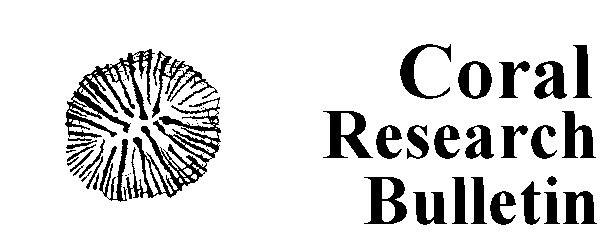


Volume 6 (December 1998)
E. Schöllhorn : Geologie und Paläontologie des Oberapt im Becken von Organyà (Nordspanien)
140 pp. , 45 textfig. , 29 pls. , price 15 €Please lookup the price valid for your country.
Contents
During the Late Mesozoic, thick successions of marls and limestones were sedimented. The basin was situated at the northern margin of the Iberian Peninsula and its formation was influenced mainly by the opening of the Bay of Biscaya in the northwest. During the Aptian homoclinal carbonatic ramps were developed with biohermal buildups mainly of rudists and corals. Parts of the ramps were preserved in the Bóixols thrust sheet, which is situated in the central Catalanian Pyrenees, in the middle part of the Segre valley. Biostratigraphi-cal indications showed that the carbonate ramps were of Upper Aptian age.
Selected sections provided data on the sedimentology, microfacies and palaeontology of the ramp. The development of the facies and fossil assemblages is described. The formation of bioconstructions is discussed in detail. The association of corals and rudists shows clear distribution patterns of middle and inner ramp areas. Whilst rudists lived on the shallowest parts of the ramp, corals preferred slightly deeper environments. In ranges of a changing sedimentation rate, corals and rudists settled in the same area. Corals show three types of colonization: shallow coral meadows, lens-shaped biostromal buildups and coral banks (bound- and framestones). Their vari-ous morphotypes indicate a clear adaption to soft bottoms and changing sedimentation rates. The formation of bioconstructions is mainly due to regional factors, less to global ones.
For two time spans (Senyús and Font Bordonera Formation), palaeogeographical reconstructions are provided. Based on the micro-facies and the distribution of fossils, the sea level changes in the Basin of Organyà are documented.
Micro- and macrofossils have been systematically determined; microfossils, rudists and corals are described and depicted. Because of the richness in species, the corals have been examined in greater detail. The 43 species in 27 genera belong to the suborders Stylinida, Heterocoenina, Astraeoida, Fungiina, Microsolenina as well as to the subclass Octocorallia. Two hypothetical new species and one new genus are discussed but are not yet described as new. The coral faunas show similarities with faunas of the Upper Aptian in the Iberian Peninsula but less with the Basque-Cantabrian Basin. The similarity with corals of the Early Albian in the Central Tethys probably indicates palaeobiogeographical influences from the East.![]() Diese Seite ist auch auf Deutsch verfügbar.
Diese Seite ist auch auf Deutsch verfügbar.
Published or new volumes
How to order
Instructions for Authors (PDF)
Index page Coral Research Bulletin
coral links
Back to CPress
© CPress Verlag Dresden, Germany.
Updated : 12-30-2021.